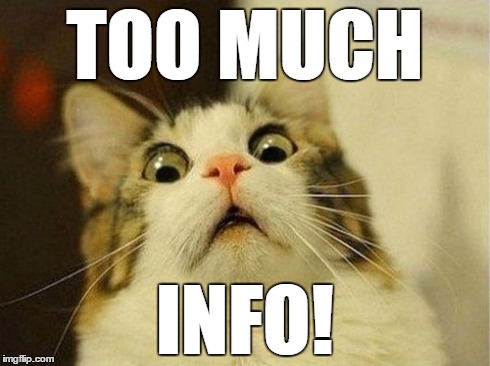The 21st century has seen the beginning of a technological renaissance; parallel to this journalism has been forced to evolve, resulting in a new arena of journalism online, featuring instant information sharing, citizen journalists and the incessantly competitive need for click bait.

The 24 hours news cycle creates a competitive atmosphere in the media.

There is pressure for information to be instant. If you don’t release information straight away someone else will. Competition in any industry is considered good for the buyer, usually resulting in cheaper products without a big sacrifice in quality. When it comes to journalism this theory doesn’t apply. The competitive nature of journalism has lead to a barrage of click bait articles from journalists who need to catch the attention of readers or viewers. Click bait has lead to a decrease in the quality of journalism being produced because instead of sharing the ‘news’ journalists need to stay competitive in the media industry thus they cater for what their consumers want rather than distributing current news.
All you need to do is look at BuzzFeed or NineMSN websites to find out this is true. No one really needs to know which spice girl they are and how Jake Gyllenhaall movies have shaped the minds of millennials.
NineMSN publish articles about the threat of North Korea bombing USA island territory of Guam, an event that could result in war along side an article about an actress landing herself on the cover of Vogue magazine. Likewise Buzzfeed published an article on the websites front page about the Prime Minister of Australia’s direct involvement in counter terrorism above an article about teen idols of the 00’s.
Social Media has impacted on the pace of the 24 hour news cycle, thus influencing the practise of journalism itself. Journalists’ no longer need to get out and observe newsworthy events to get information, instead they can get the video from a witness or a quote from a bystander.
Journalists are taught a the beginning that their intro needs to attract a readers attention, this translates online to clickbait. The danger in this is that journalists will ‘gravitate towards whatever gets the most clicks‘ according to John Oliver ‘whats popular isn’t always whats most important’. Which is why we are going to see articles about puppies alongside articles about the threat of nuclear weapons being launched at US territories.
Even though we have a faster news cycle than ever studies have shown people between the ages of 18-39 are loosing trust in traditional news media (Rosenberg. H, 2009).

Gallup.com studies show that although there has been a general drop in trust toward traditional news media it is more prevalent in those under 50.
A Huffington Post journalist described the 24 hour news cycle as ‘information being thrown in your face”.

There is a multitude of ‘news’ that gets published and shared every moment that is not edited and not fact checked, this is due to the pressure on journalists too keep up with the 24 hour news cycle. This has generated a a decrease in the amount of trust given to the traditional news media outlets.
Reference
Rosenberg. H, 2009, No time To Think : The Menace of Media Speed and the 24-hour News Cycle, Bloomsbury Publishing, USA
Refer to Hyperlinks.


